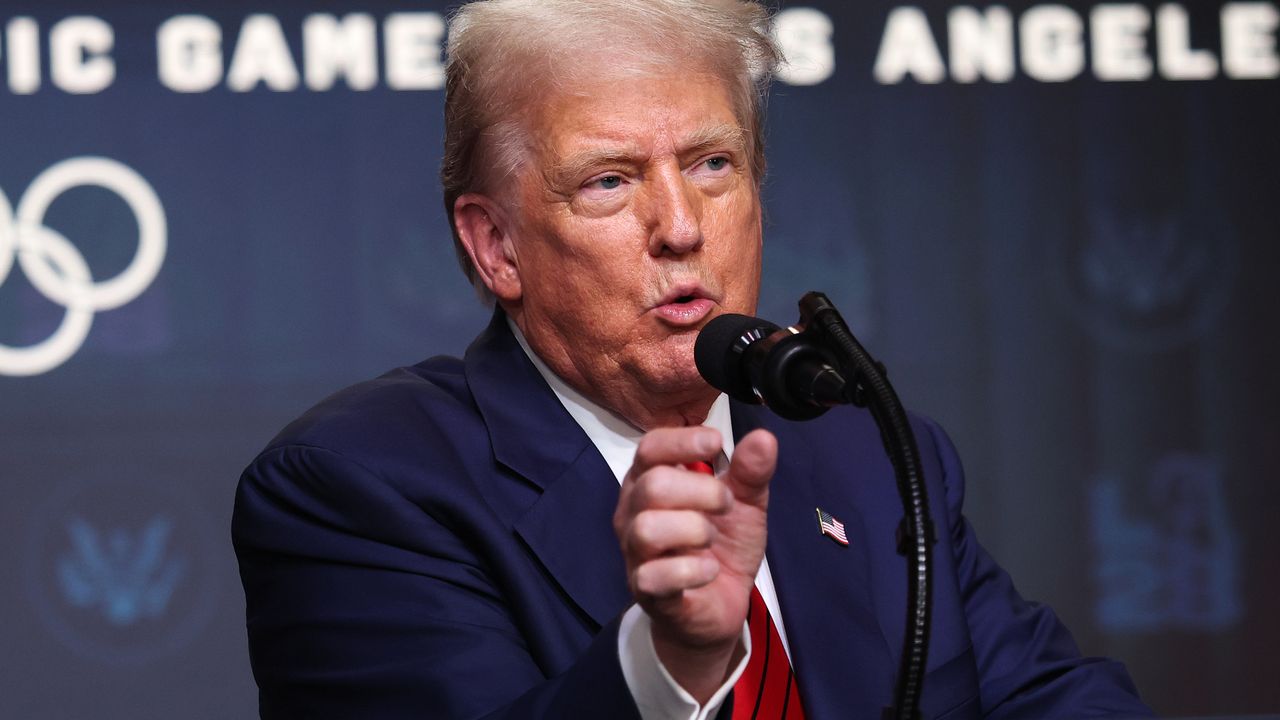
President Donald Trump has revealed that he will announce new tariffs on semiconductors next week. The U.S. President said during a CNBC interview, “We’re going to be announcing on semiconductors and chips, which is a separate category, because we want them made in the United States.”
This is likely to be bad news for Taiwan, which is home to TSMC, the world’s largest semiconductor manufacturer. The White House has currently imposed a 20% tariff on Taiwanese goods, which is down from the initial 32% Trump announced as part of his ‘Liberation Day’ tariffs. However, many tech companies, including U.S.-based HP and Dell, oppose Washington’s plans to put tariffs on chips, saying it’s bad for business.
TSMC has already started producing chips in the U.S. at its Arizona site. However, the output of this single site is likely not enough for the demand of the entire United States, with its production already sold out through late 2027. This might be good news for its competitors, though, like Samsung, which had to delay its Texas fab because of a lack of customers.
Trump has made tariff threats on Taiwan-made semiconductors as early as January 2025, saying that he will impose taxes as high as 100% on chip imports from the country. However, this was soon overshadowed by his early April tariff announcements that practically taxed every trading partner that the U.S. has. Aside from this, the White House exempted computer chips from these sweeping tariffs, but promised to put taxes on these imports at a later date.
Although the President hasn’t singled out Taiwan for his semiconductor tariffs this time, it’s still going to negatively impact the nation, as that is one of its biggest exports to the U.S. We’re also unsure if the current production capacity of American chip fabs would be enough to meet local demand.
Demand for chips and semiconductors is currently growing, as everything from cars and computers to household appliances and switches now has at least one chip. Trump wants to rebuild semiconductor manufacturing in the United States, and applying tariffs is his way of forcing companies — American or otherwise — to put up fabs within its borders. Some industry leaders, like Nvidia CEO Jensen Huang, call it an utterly visionary plan; however, it might also hurt the average consumer, especially as America’s output might not yet be enough for its needs.
Follow Tom's Hardware on Google News to get our up-to-date news, analysis, and reviews in your feeds. Make sure to click the Follow button.







